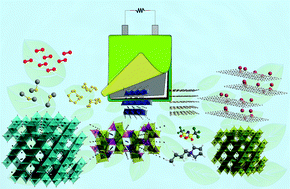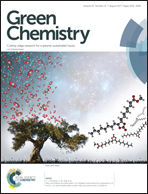Lithium-ion batteries for sustainable energy storage: recent advances towards new cell configurations
Abstract
The recent advances in the lithium-ion battery concept towards the development of sustainable energy storage systems are herein presented. The study reports on new lithium-ion cells developed over the last few years with the aim of improving the performance and sustainability of electrochemical energy storage. Alternative chemistries involving anode, cathode and electrolyte components are herein recalled in order to provide an overview of state-of-the-art lithium-ion battery systems, with particular focus on the cell configurations currently proposed at the laboratory scale. Hence, the review highlights the main issues related to full cell assembly, which have been tentatively addressed by a limited number of reports, while many papers describe materials investigation in half-cells, i.e., employing lithium metal anodes. The new battery prototypes here described are evaluated in terms of their electrochemical performances, cell balance, efficiency and cycle life. Finally, the applicability of these suitable energy storage systems is evaluated in the light of their most promising characteristics, thus outlining a conceivable scenario for new generation, sustainable lithium-ion batteries.

- This article is part of the themed collection: 2017 Green Chemistry Hot Articles


 Please wait while we load your content...
Please wait while we load your content...